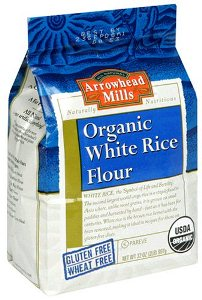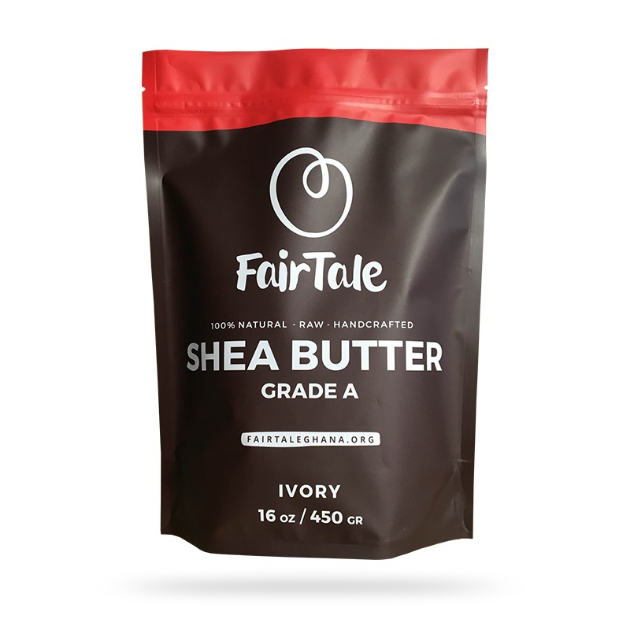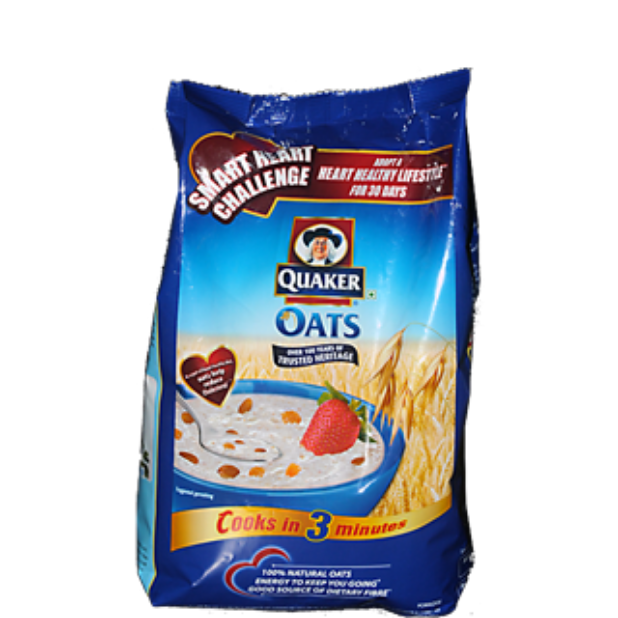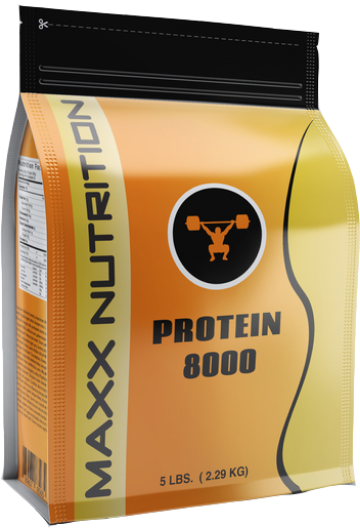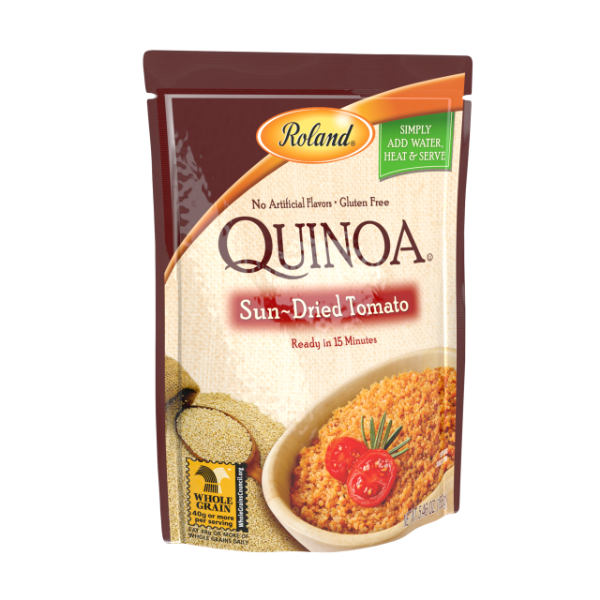 In today's economic times, consumers are becoming increasingly conscious of not only the actual cost of products but other features that effect their value as well. Is the product well made and built to last? And, if the product is a food item, does the packaging protect it and guard it against spoilage? Not only is the quality of your food products important to shoppers intent on stretching their purchasing power, so is the shelf life.
In today's economic times, consumers are becoming increasingly conscious of not only the actual cost of products but other features that effect their value as well. Is the product well made and built to last? And, if the product is a food item, does the packaging protect it and guard it against spoilage? Not only is the quality of your food products important to shoppers intent on stretching their purchasing power, so is the shelf life. Packaging is the one area in which you can most easily add to the quality and benefit inherent in your product line. And stand up pouch barrier bags have long been the choice of food packers and and distributors to strengthen their brands. These pouches, also known as stand up bags and Mylar® bags, are made by laminating together multiple layers of specially designed film to create stable and durable packaging that is puncture and moisture resistant.
In general, nothing protects food products like stand up pouches. And vacuum barrier bags are probably the ultimate form of this type of package. Not only do they keep in freshness, flavor and aroma, but they protect contents from vapor, odor, pests, ultraviolet light (if necessary) and oxygen, a critical feature when it comes to packaging things such as seafood and other extremely perishable items which break down readily from exposure to microbial bacteria.
However, the very fact that a stand up pouch is having a vacuum "pulled" against it to remove all the air inside does result in a retail packaging that looks unappealing (see picture below).  Vacuum barrier bags are, in essence, air-tight, which keeps food fresher longer, thereby providing greater value for the dollar. But, let's face it, no matter what amount this company spent on their custom printing for their tomatoes, the outcome looks lousy because the bag is so wrinkled and ugly (from having a vacuum that pulled all the air out of it).
Vacuum barrier bags are, in essence, air-tight, which keeps food fresher longer, thereby providing greater value for the dollar. But, let's face it, no matter what amount this company spent on their custom printing for their tomatoes, the outcome looks lousy because the bag is so wrinkled and ugly (from having a vacuum that pulled all the air out of it).
 Vacuum barrier bags are, in essence, air-tight, which keeps food fresher longer, thereby providing greater value for the dollar. But, let's face it, no matter what amount this company spent on their custom printing for their tomatoes, the outcome looks lousy because the bag is so wrinkled and ugly (from having a vacuum that pulled all the air out of it).
Vacuum barrier bags are, in essence, air-tight, which keeps food fresher longer, thereby providing greater value for the dollar. But, let's face it, no matter what amount this company spent on their custom printing for their tomatoes, the outcome looks lousy because the bag is so wrinkled and ugly (from having a vacuum that pulled all the air out of it).So what options are there? For many companies that have spent the money on their custom printing, the last thing they want to do is to put a product on Whole Foods or WalMart that looks like the sundried tomato picture, right? Golden Packaging Rule #1...do what the Big Boys in the industry do, use an oxygen absorber. An oxygen absorber will remove the air inside the package without having to have a vacuum pull all the air out. Below is a great video on packaging beef jerky and using oxygen absorbers that you may find helpful.
Let me be clear, the structure to create a vacuum barrier bag is the same, as the layers themselves have excellent barrier properties, the key is use an oxygen absorber and avoid pulling a vacuum. Vacuum barrier bags, like all stand up bags, are convenient to use and offer both you and the retailer marketing opportunities. The wide panels provide sufficient space to affix your labels or order custom printing in up to 10 colors. As half of all shoppers haven't decided what to buy by the time they get to your product's section of the store, this ability of your packaging to tells its story will go a long way towards persuading the shopper that yours is the product they should choose. Given this only time to make a first impression, your packaging can create a first-time customer, after which the quality of your products will keep him coming back.
Vacuum barrier bags: Effective, protective and certain to pump more air into your sales.

